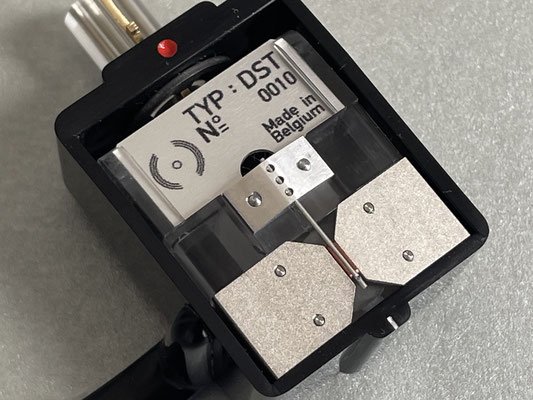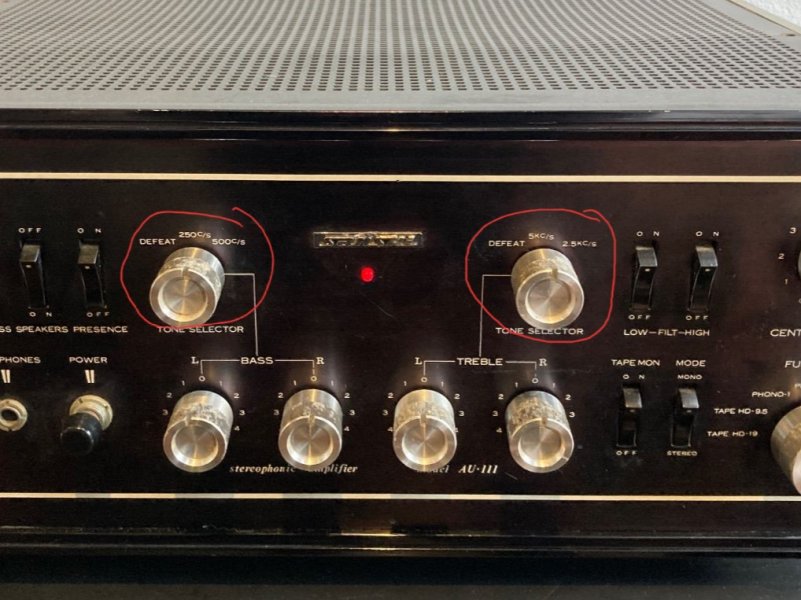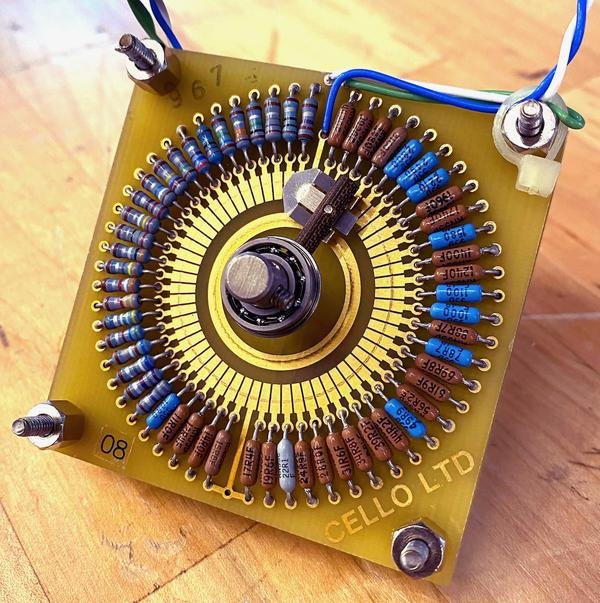The DST seems to have quite boosted your system on dynamic range, midrange, tone, flow, and general engagement. But I agree with Rob’s observation, both on BS and this version of Scheherazade midbass seems to be missing. You had more first so either cart is not burned in or some adjustment to be done
Thank you for your opinion Kedar. It would be interesting to learn your impression if you actually heard of the system in the room. I had found that I actually had too much midbass at the listening seat so I increased the control setting on the upper horn to reduce it very slightly. When I listen to live jazz or classical, the bass never really draws attention to itself unless it’s an isolated tympani whack or double bass solo. Usually the bass just keeps rhythm and it is not emphasized over the other instruments. Hello this also depends on the recording or the pressing. I also wonder if the video replay system goes down low enough to be representative of the experience in the room. The Sonny Rollins midbass presentation sounds pretty natural to me and balanced relative to the saxophone. I guess it’s a matter of taste and preference.
I did go to a Led Zeppelin tribute concert last night with the mid base was overwhelming. Drums and electric bass jumped out from everything else on basically every song. That chest pounding experience was fun and it was a great show but it’s not how unamplified jazz and classical sounds to me in a good concert hall.
We all make our choices in gear and set up based on our target. You seem to be set on your preference for dual front loaded horn woofers. And of course our targets can change over time, as mine certainly did. I appreciate your comments.
Last edited:





